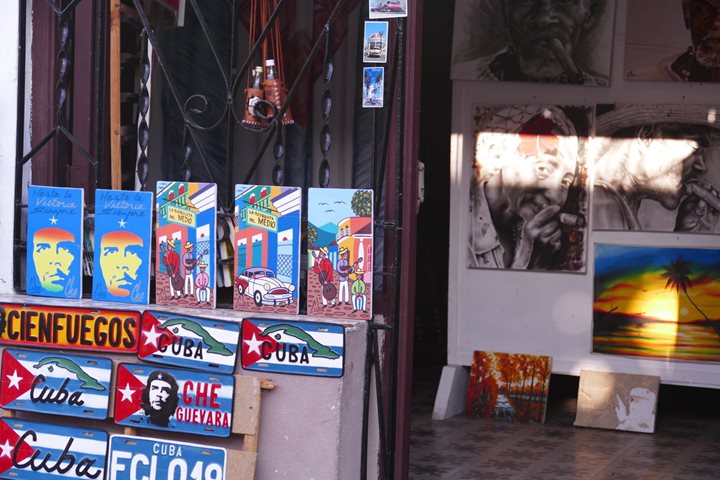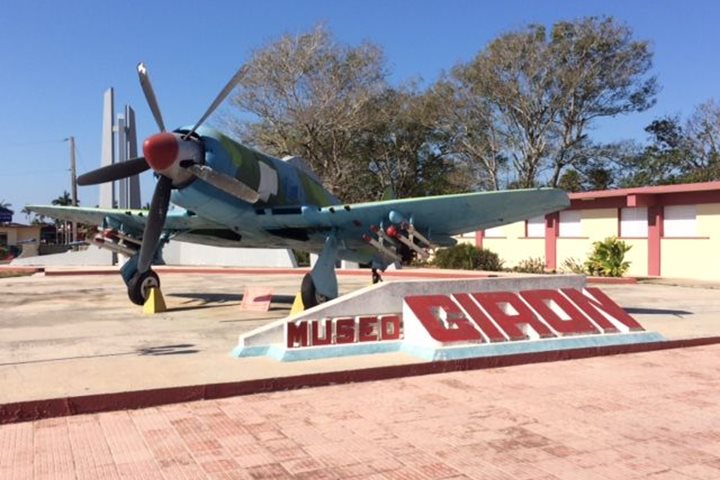The DER below is from the expedition to Cuba that began on December 14, 2016.
We began this morning with a lively PowerPoint presentation entitled, “Cuba: Land of Eccentricity and Enigma,” I hosted this presentation in the former casino of Havana’s grand dame Hotel Nacional. I presented key elements on Cuba’s history, geography, and culture to provide an introductory guideline for understanding and appreciating much that guests would experience during their visit to this complex and compelling nation.
We then boarded our two buses and headed to Habana Vieja (Old Havana) for a guided walking tour of this remarkable ancient city—the key to the New World in early Spanish colonial days. The bootsteps of conquistadores seemed to echo in the cobbled plazas, while some passengers popped into La Bodeguita bar, a popular watering hole still haunted by Ernest Hemingway’s ghost. Along with our guides, Juan José and Rafael (‘Rafa’), I taught guests about Havana’s colonial history and the recent restoration project that has reinvigorated the four main plazas, all of which we visited.
Lunch at the recently opened private restaurant—Casa Abel—in the heart of the colorfully down-at-heels and densely populated Centro Habana district proved a sensation. Havana is in the midst of a gastro-revolution thanks to the creativity of cuentapropistas (private entrepreneurs) such as the owner of Casa Abel.
After lunch we divided into two groups. The first group headed to the taller (workshop) of Nostalgicar for a “people-to-people” discussion with Julio Álvarez Torres, the founder and owner of this private company that restores classic American cars (mostly Chevrolets) to museum condition for chauffeured rent to tourists and VIP visitors. Our guests were thrilled to be driven in 1950s Chevrolets to their next “people-to-people” encounter: a visit to the Fábrica de Tabaco Partagas (cigar factory) for an up-close-and-personal education on how Cuba’s world-famous hand-rolled cigars are produced.
The second group headed to Museo Ernest Hemingway, in Ernest Hemingway’s former home—Finca Vigía—in the Havana suburb of San Francisco de Paula. I have a close relationship with the museum and was able to introduce guests to the director, Ada Rosa Alfonso, who welcomed us to the estate. We then enjoyed a tour guided by sub-director Isbel Ferreira, who provided fascinating insights into Hemingway’s life in Cuba.
After free time to relax, we convened at 7:00 p.m. for a fascinating talk on Havana’s evolution and urban issues by retired architect/urban planner Pedro Vásquez. We then enjoyed a traditional Cuban meal (with choice of roast chicken or ropa vieja, braised beef) served with heaps of white rice, black beans, and fried plantains.
All in all a sensational day!







